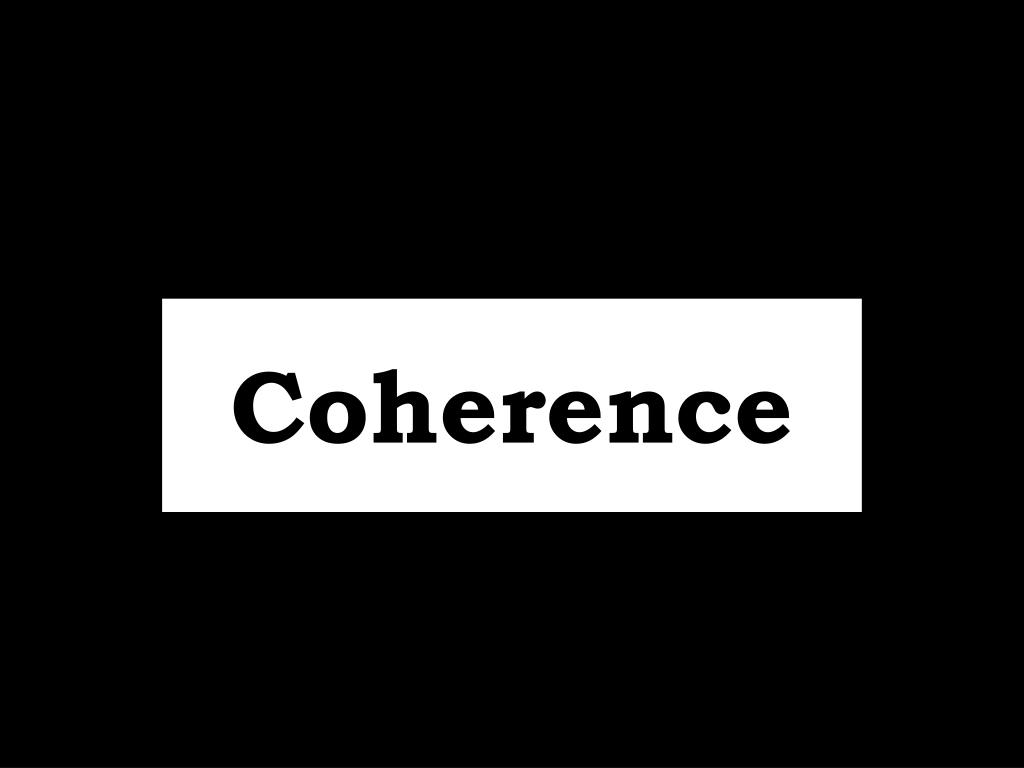

Wolfgang Wahlster and Norbert Reithinger and Anselm Blocher: Smartkom: Multimodal Communication with a Life-Like Character. Chow: The N-best Algorithm: an Efficient and Exact Procedure for Finding the N Most Likely Sentence Hypotheses. of the International Symposium: Computional Linguistics for the New Millenium (2000) Robert Porzel and Michael Strube: Towards Context Adaptive Natural Language Processing Systems. and Norvig, Peter: Artificial Intelligence. Rapp, Stefan and Torge, Sunna and Goronzy, Silke and Kompe, Ralf: Dynamic speech interfaces In Proc. of 8th International Conference on Cognitive Linguistic (2003) Porzel, Robert and John Bryant: Employing the Embodied Construction Grammar Formalism for Knowledge Represenation: The case of construal resolution. Porzel, Robert and Iryna Gurevych: Towards Context-adaptive Utterance Interpretation. of the 1st Workshop on Scalable Natural Language Understanding (2002) 3–11 Poesio, Massimo: Scaling up Anahpora Resolution. Paris, Cécile L.: User Modeling in Text Generation. Oerder, Martin and Hermann Ney: Word Graphs: An Efficient Interface Between Continuous-Speech Recognition and Language Understanding. Narayanan, Srinivas: KARMA: Knowledge-Based Active Representations for Metaphor and Aspect. 20th Cognitive Science Society Conference (1998) 84–90 Narayanan, Srini and Daniel Jurafsky: Bayesian Models of Human Sentence Processing. LuperFoy, Susann: The representation of multimodal user interface dialogues using discourse pegs. and Kearns, M.: Automatic Detection of Poor speech recognition at the dialogue Level In Proc. Cognitive and functional approaches to language structure. Langacker, Ronald: Conceptualization, symbolization and grammar.


Johnston, Michael and Bangalore, Srinivas and Vasireddy, Gunaranjan and Stent, Amanda and Ehlen, Patrick and Walker, Marilyn and Whittaker, Steve and Maloor, Preetam: MATCH: An Architecture for Multimodal Dialogue Systems. Gurevych Iryna and Michael Strube and Robert Porzel: Automatic Classification of Speech Recognition Hypothesis. Gurevych Iryna, Rainer Malaka, Robert Porzel and Hans-Peter Zorn: Semantic Coherence Scoring Using an Ontology. 2nd SIGdial Workshop (2001) 58–67įodor, Jerry: The Modularity of Mind.
Contextual coherence meaning full#
of the IBERAMIA Workshop on Probabilistic Reasoning in Artificial Intelligence (2000)Įbert, Christian and Shalom Lappin and Howard Gregory and Nicolas Nicolov: Generating Full Paraphrases out of Fragments in a Dialogue Interpretation System. Modeling and Using Context, Springer, LNCS (2001) 116–128Ĭozman, Fabio: Generalizing Variable Elimination in Bayesian Networks. John Benjamins (2000) 81–150Ĭonnolly, John: Context in the Study of Human Languages and Computer Programming Languages: A Comparison. Computational Pragmatics, Abduction, Belief and Context Studies in Computational Pragmatics. PhD Thesis UC Berkeley (2001)īunt, Harry: Dialogue pragmatics and context specification. Language, 20 (1954) 230–237īergen, Ben: Of sound, mind, and body: neural explanations for non-categorical phonology. Cummings (1987)īarr-Hillel, Y.: Logical Syntax and Semantics. (2001) 1–8Īllen, James: Natural Language Understanding.

This process is experimental and the keywords may be updated as the learning algorithm improves.Īllen, James and Georga Ferguson and Amanda Stent: An architecture for more realistic conversational system. These keywords were added by machine and not by the authors. We show that, situational knowledge can be successfully employed to resolve pragmatic ambiguities and that it can be coupled with ontological knowledge to resolve semantic ambiguities and to choose among competing automatic speech recognition hypotheses. We introduce a set of contextual coherence measurements that can improve the reliability of spoken dialogue systems, by including contextual knowledge at various stages in the natural language processing pipeline. Numerous research projects are struggling to overcome the problems arising with more- or truly conversational dialogue system. The more conversational a dialogue system becomes, the more difficult and unreliable become recognition and processing. Controlled and restricted dialogue systems are reliable enough to be deployed in various real world applications.


 0 kommentar(er)
0 kommentar(er)
